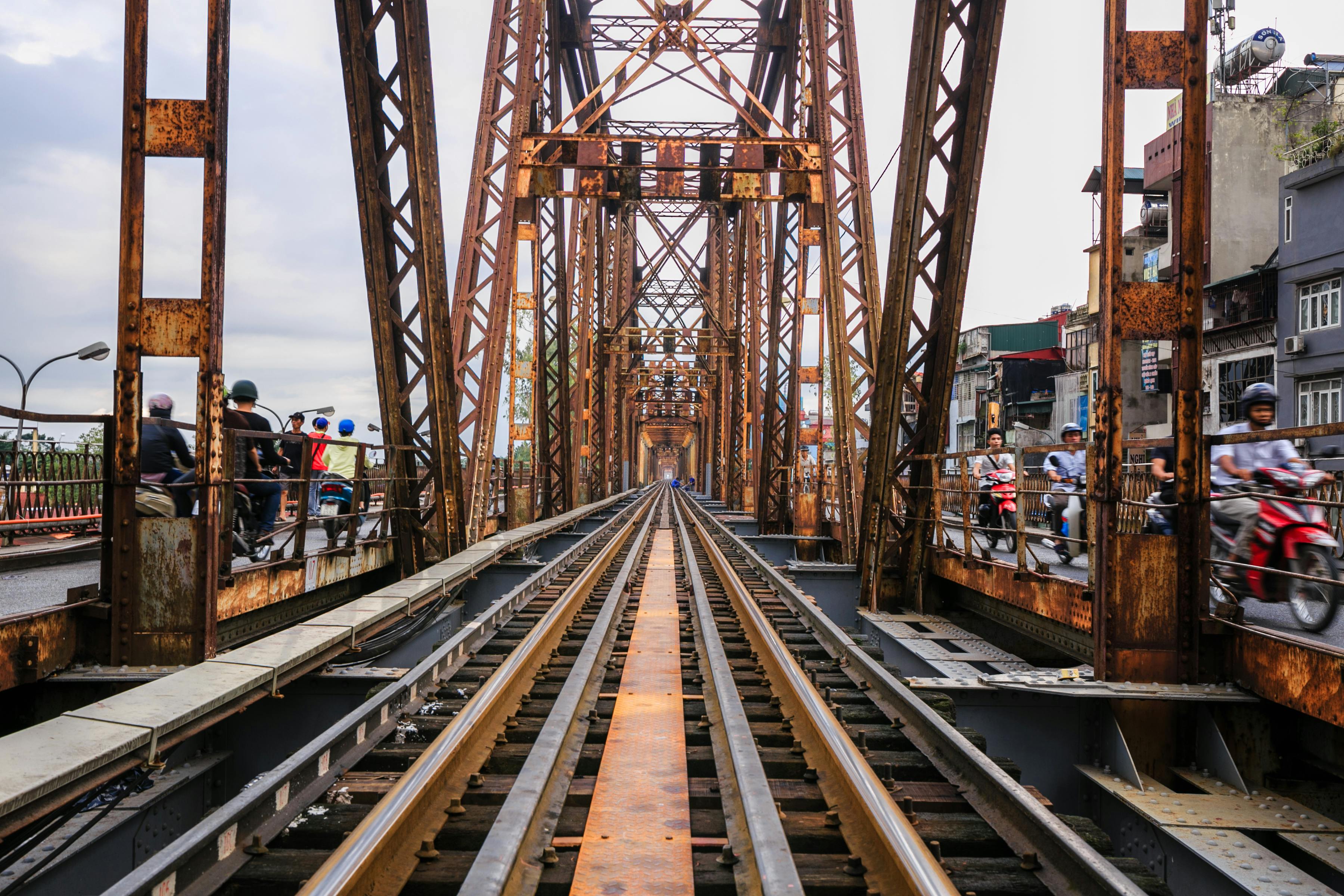The Real Estate Market Crash of 2008: How Did We Get Here?
Before the real estate market crash of 2008, there were the prophets. They talked about a housing balloon that was destined to burst and wipe out the housing market and the economy. Even with all these prophecies, many were shocked when the lucrative housing market began to unravel.
So what caused the collapse? The main culprit was the subprime loan market. When this market collapsed, a large number of companies faced foreclosure. Even companies that did not foreclose suffered losses that amounted to billions of dollars.
You may have already heard news reports about the sub-prime market crash. However, if you are like most, you may not know what the accident meant to individual owners. You may even have questions about how we got into this situation to begin with.
In recent years, subprime mortgages were the biggest trend in home loans. Buyers who could not qualify for conventional mortgages could obtain financing through a subprime mortgage. People who got these loans often had to pay high interest rates.
The lenders obtained the money to pay these mortgages from various sources. Many companies secured loans at low interest rates and then loaned that money to buyers at a higher rate. Some of the money was borrowed from central banks.
Although the housing market was relatively stable, the bad consequences of these loans could not be clearly seen. In fact, the market was experiencing an unprecedented increase in value. This increase resulted in an unrealistic expectation of the future housing market that in turn caused lenders to put even more money into financing mortgages that new owners could not afford.
In 2005 and 2006, the last real boom occurred in the real estate market. During this time, it was extremely easy to obtain a loan. Lenders thought they could make money off buyers even if they didn’t pay the mortgage through the high interest rates they were charging and the increasing value of real estate. But when interest rates started to rise, people stopped buying houses. Additionally, homeowners began to miss payments due to rising interest rates.
It became increasingly difficult for lenders to obtain funds to invest in mortgages. Buyers, now unable to easily qualify for a loan, began to stop looking for a home to buy. Investors became cautious and underwriters began to increase the requirements to qualify for a loan. People with adjustable rate mortgages were desperately seeking to lower their skyrocketing monthly payments. But they couldn’t qualify for a new fixed loan under the strict guidelines. This only caused the number of foreclosures to rise dramatically, resulting in the 2008 housing market crash.

Leave a Reply